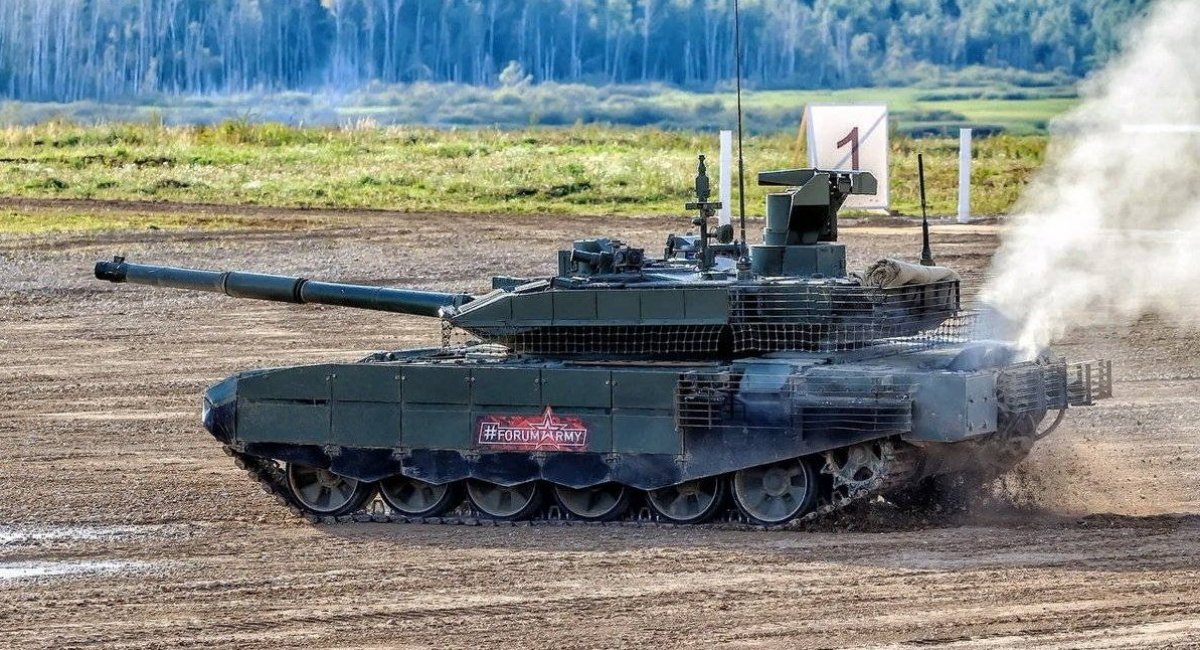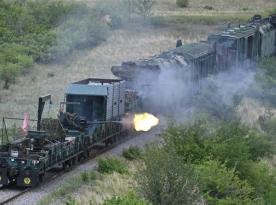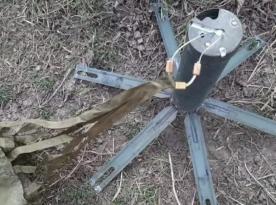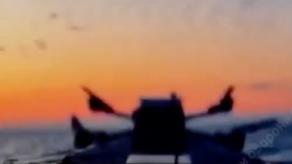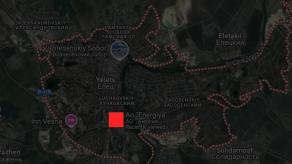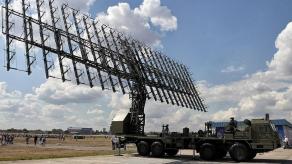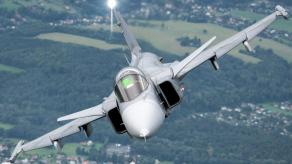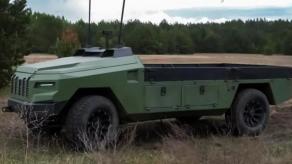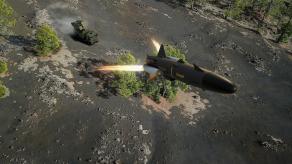Central Scientific Research Institute of Armament and Military Equipment of the Armed Forces of Ukraine held a briefing on the latest modernization of the Soviet T-72, namely the T-90M Proryv tank. Defense Express reminds that in the 90s, the T-90 received a new digital index exclusively for political reasons, initially it was called the T-72BU (aka "object 188").
Such vehicles have already been destroyed by the Armed Forces of Ukraine and even captured in good condition. And after there were 15 verified T-90M losses, russia started to use these tanks less often to avoid reputational losses.
Read more: Germany Handed Over Another Package of Military Assistance to Ukraine
At the same time, even a minimum of 15 tanks is a significant percentage of the total number of vehicles produced, as according to military experts, russia managed to produce about a hundred T-90M Proryv tanks overall, and recently was able to release a batch of 10 tanks of this model.
Defense Express reminds that there is a number of aspects stating that the T-90M is a "breakthrough to nowhere". In particular, a critical shortcoming of the vehicle itself is an attempt to increase protection, which led to an increase in weight without adequate compensation by the engine.
In particular, the T-90M is equipped with the V-92S2F that produces 1,130 hp, it is based on the V-2 engine that once was installed on the T-34. The successive modernization of this unit, which has been going on since the 1930s, resulted in the installation of an increasingly powerful turbine at each iteration. At the same time, in practice, this leads to a decrease in motor resources and such a problem as turbo lag, when the fuel has already reached the engine, but does not have time to burn and spin the turbine.
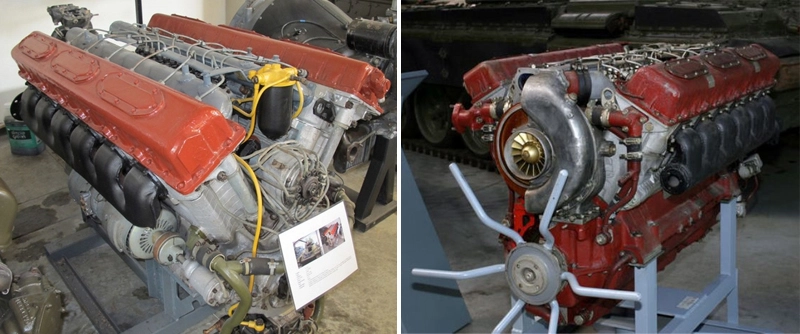
Moreover, in conditions of summer temperatures, the engine loses 30% of its power, which directly affects the real driving capabilities of the vehicle. Defense Express also reminds that even in winter, the Wagnerians, who received one T-90M, also complained about the weak engine.
The myth was also debunked regarding the new fire control system called Kalina, which is installed in the T-90M, and is also intended for the Armata.
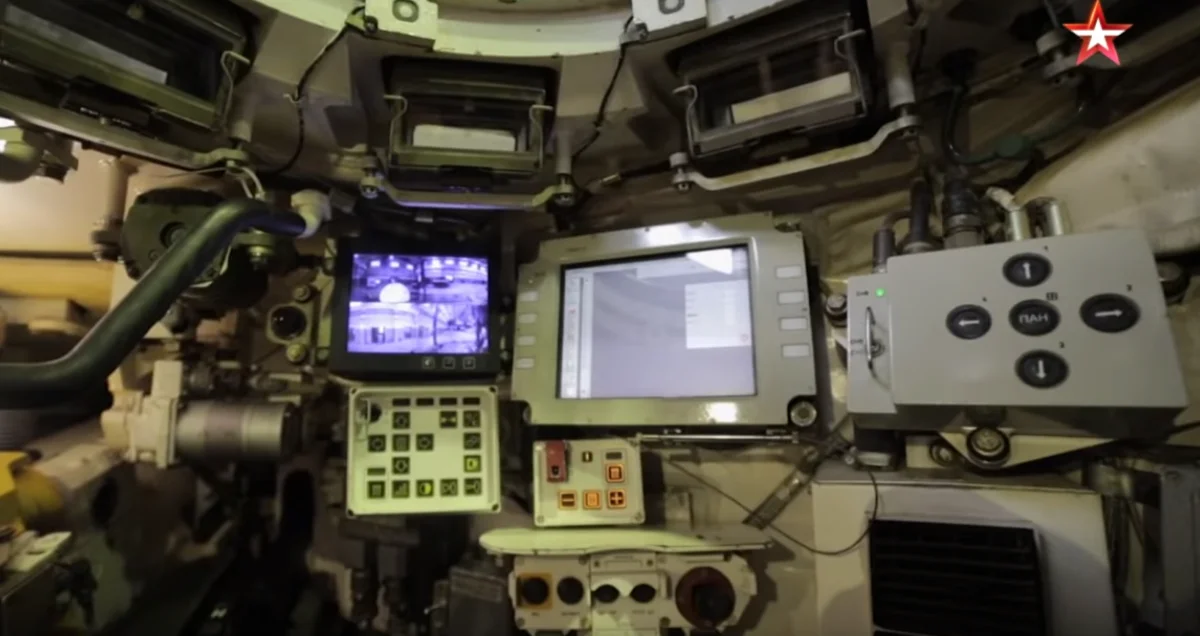
Despite the fact that in russia this system is issued as its own development, its analysis showed that all its critical components contain Western microcircuits and other components.
In particular, it should be noted that the main sight of the T-90M is the well-known Sosna-U, which is no longer installed in other modernizations of Soviet vehicles, such as the T-72B3 and T-80BVM, where it was replaced by the twice weaker 1PN-96MT-02. Thus, the possibility of production of the Kalina is considered doubtful in the future.
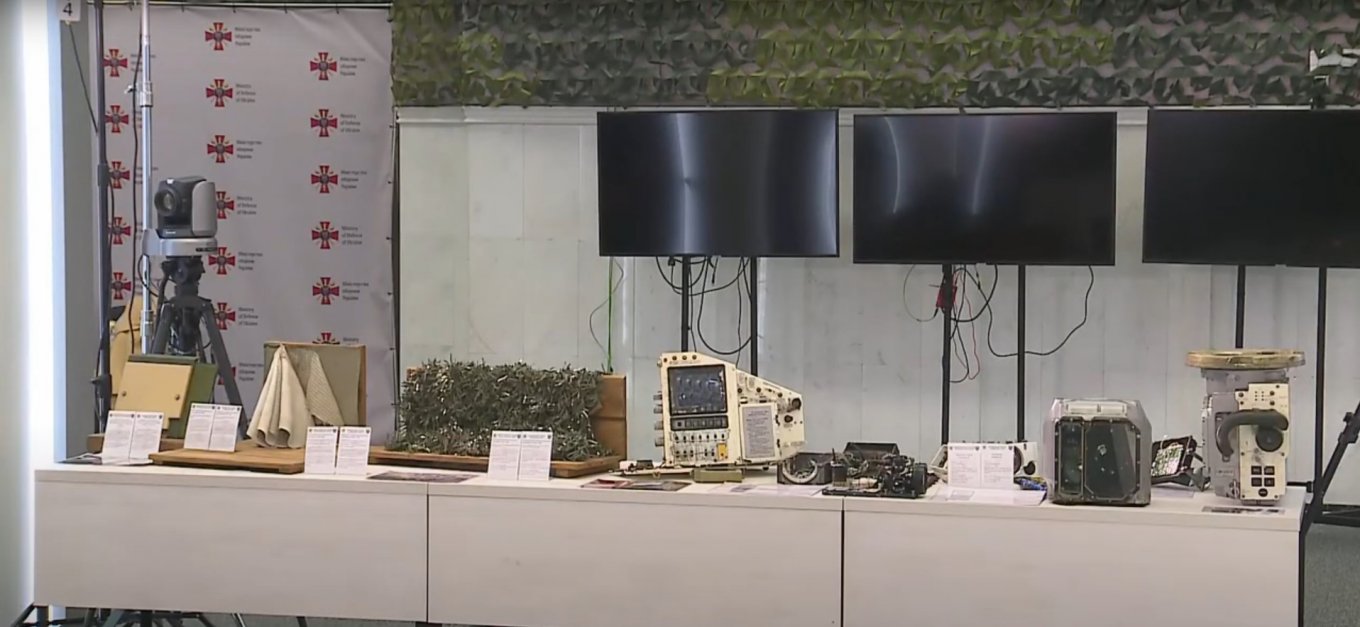
At the same time, russia generally has huge problems with microelectronics, because due to the lack of access to microcircuits of the appropriate class, the russian military industry uses civilian components that do not provide the appropriate level of fault tolerance.
In addition, the analysis of the means of communication gave an answer to the question, why the drivers often have problems with communication between vehicles and units. As it turned out, the means of communication were made without meeting the requirements of resistance to moisture, due to which the contacts begin to oxidize, shorten and eventually fail. And now it became clear why, even in russian propaganda videos, russian crewmembers climb out of the turret and use portable radio stations for sustainable communication.
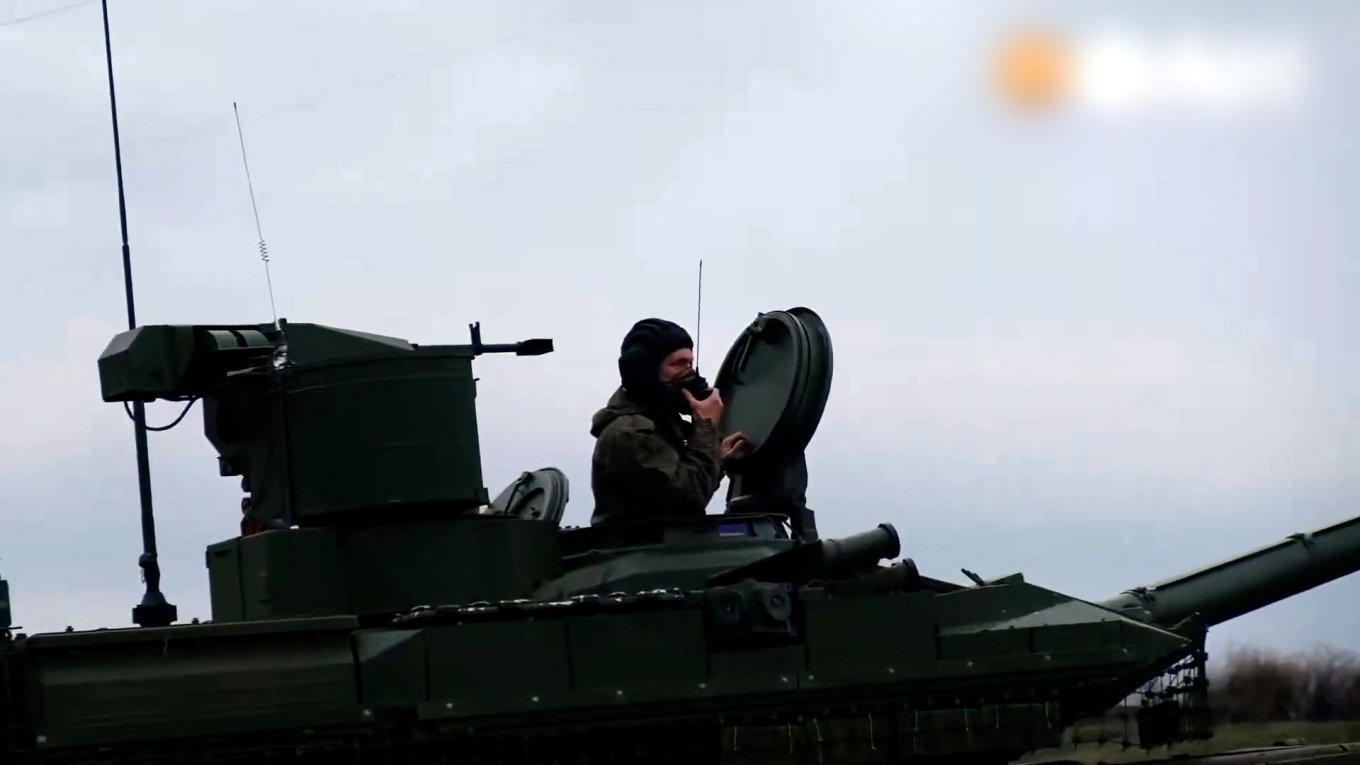
But this is far from the only situation when the T-90M tankers have to get out of the tank even in combat conditions. In particular, the designers of the T-90M made a decision with the automatic loader. Russians boasted that they had completely redesigned the loading machine and ammunition stacking, and this should reduce the probability of ammunition detonation.
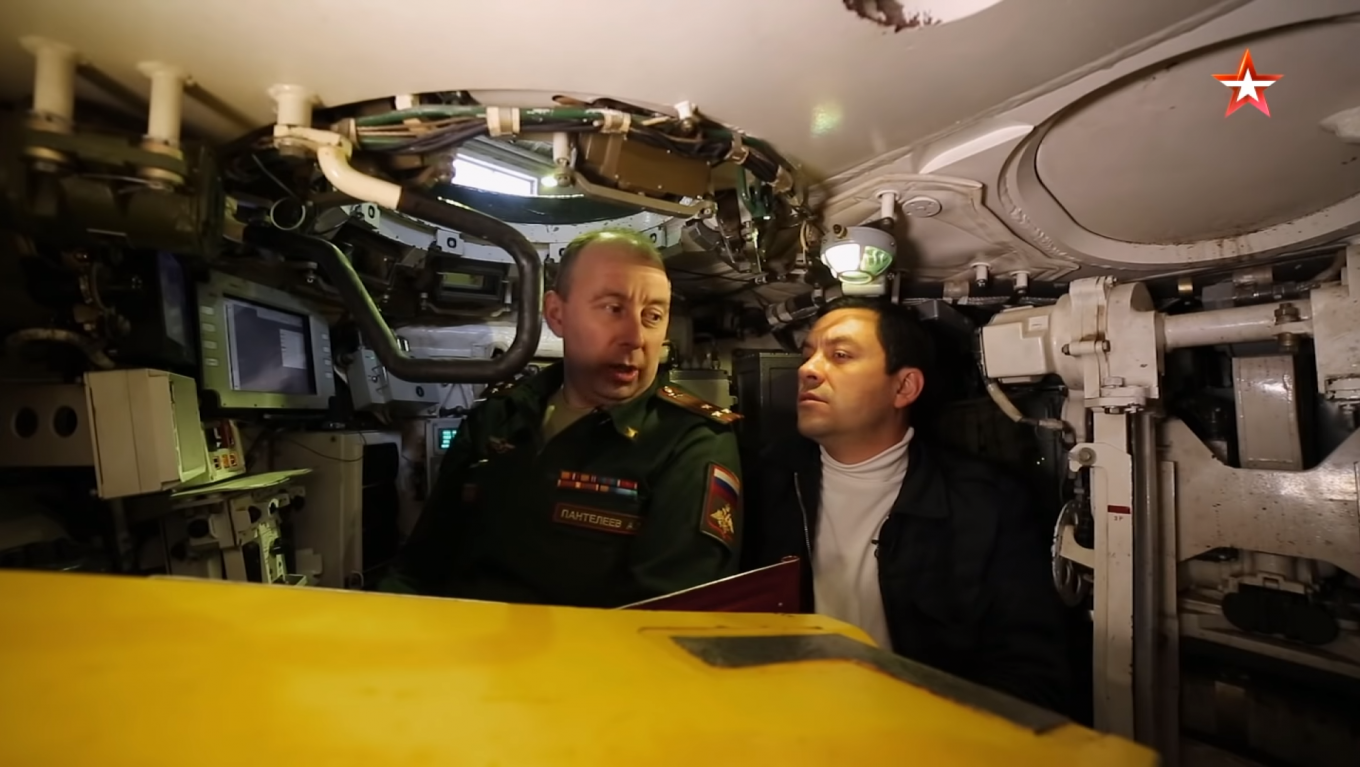
At the same time, no modification of the autoloader itself was found, it is exactly the same as on the T-72. Partly, the ammunition was transferred to the turret niche, but they could not organize their supply to the combat department.
And, as the speaker of Central Scientific Research Institute of Armament and Military Equipment of the Armed Forces of Ukraine noted, in order to get 18 additional shells, it is necessary to get out of the vehicle and hand them over to the combat unit.
Read more: U.K. Official Says russia’s Military and its Defense Industry are Failing in Ukraine




